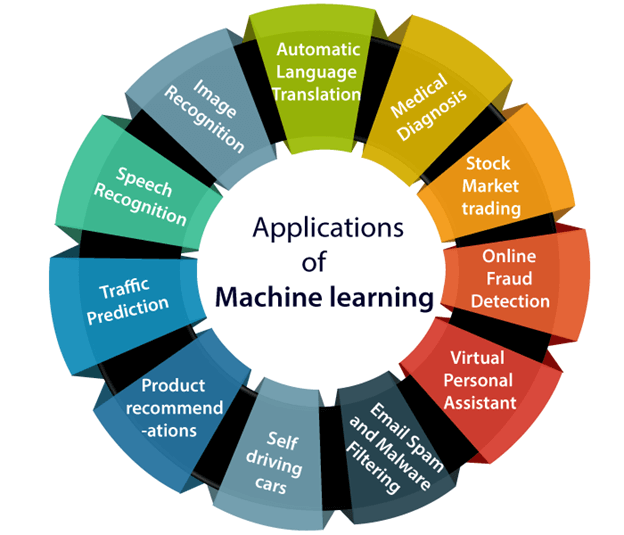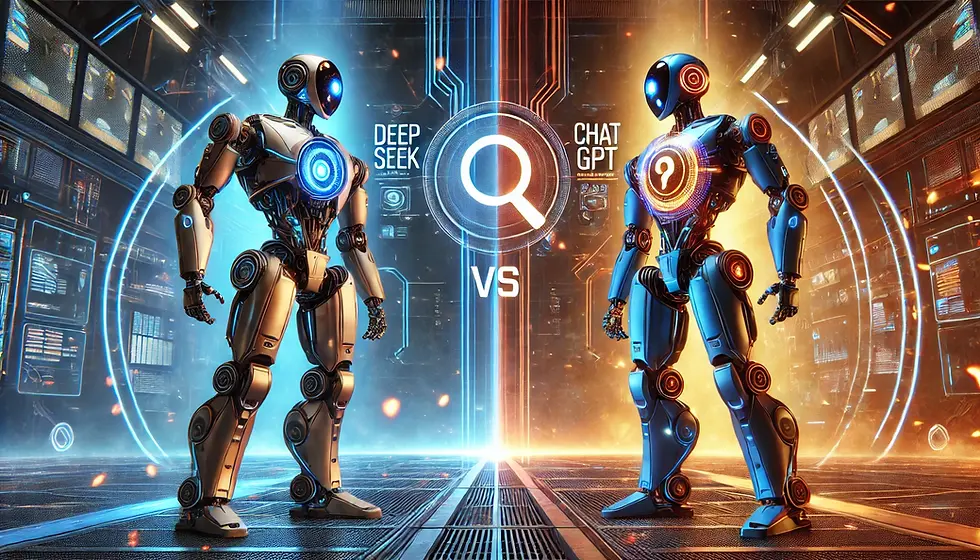Building a ML model - part 1
- Aryan Tah
- Aug 31, 2024
- 5 min read

Welcome to the start of an exciting journey into the world of Machine Learning! Whether you're a curious beginner or someone looking to sharpen their coding skills, this blog series is designed to guide you step-by-step through the process of building machine learning models using Python.
Machine Learning is transforming industries and reshaping the way we interact with technology. But diving into ML can be overwhelming without the right guidance. That’s where this series comes in. We'll break down complex concepts into manageable pieces, starting from the very basics and gradually moving towards more advanced techniques.
In this series, you’ll learn:
Python Essentials for ML: We’ll start by covering the Python programming essentials needed for ML, ensuring you have a solid foundation.
Understanding the Data: Learn how to prepare and process data, the lifeblood of any ML model.
Building Your First Models: Step-by-step tutorials on creating your first machine learning models, including linear regression, classification, and more.
Evaluating and Improving Models: Understand how to evaluate model performance and optimize it for better results.
Advanced Topics: Dive into more sophisticated techniques like neural networks and deep learning, as well as how to use popular libraries such as TensorFlow and PyTorch.
By the end of this series, you’ll have a solid grasp of the key concepts and practical skills needed to build your own machine learning models in Python. So, whether you're aiming to solve real-world problems, enhance your career, or simply explore the fascinating world of ML, this series will be your comprehensive guide.

Understanding AI, Machine Learning, and Deep Learning
Artificial Intelligence (AI), Machine Learning (ML), and Deep Learning (DL) have become pivotal in shaping modern technologies, with Python emerging as the go-to language for implementing these powerful concepts. This blog aims to provide a clear understanding of AI, ML, and DL, and how Python plays a critical role in their development.
What is Artificial Intelligence (AI)?
Artificial Intelligence is the broad field of creating machines that can simulate human intelligence. AI encompasses various subfields, including machine learning, natural language processing, robotics, and more. The goal of AI is to enable computers to perform tasks that would typically require human intelligence, such as decision-making, language translation, and visual perception.
AI can be categorized into two types:
Narrow AI: This type of AI is designed to perform a specific task, such as facial recognition or language translation. It operates under a narrow set of parameters and is prevalent in many applications today.
General AI: A more advanced form of AI that can perform any intellectual task that a human can. General AI is still largely theoretical and not yet realized in practice.
Understanding Machine Learning (ML)
Machine Learning is a subset of AI that focuses on the development of algorithms that allow computers to learn from and make decisions based on data. Rather than being explicitly programmed to perform a task, ML models are trained on datasets to recognize patterns and make predictions.
Machine Learning can be divided into three primary types:
Supervised Learning: In this approach, the model is trained on a labeled dataset, meaning that each input comes with the correct output. The model learns to map inputs to the correct outputs by identifying patterns in the data.
Unsupervised Learning: Here, the model is given an unlabeled dataset and must find hidden patterns or intrinsic structures within the data. Clustering and association are common tasks in unsupervised learning.
Reinforcement Learning: In this type of learning, the model learns by interacting with its environment and receiving feedback in the form of rewards or penalties. The goal is to learn a strategy that maximizes the cumulative reward.
Deep Learning (DL): A Subset of Machine Learning
Deep Learning is a specialized subset of machine learning that uses neural networks with many layers (hence the term "deep"). These networks are particularly good at handling large volumes of unstructured data, such as images, audio, and text.
The architecture of a deep learning model is inspired by the human brain, with layers of interconnected nodes (neurons) that process information. The model learns to transform inputs into outputs through a series of hidden layers, each refining the understanding of the data.
Key components of deep learning include:
Neural Networks: The core of deep learning models, consisting of layers of nodes that process inputs through weighted connections.
Convolutional Neural Networks (CNNs): Often used for image recognition tasks, CNNs are designed to automatically and adaptively learn spatial hierarchies of features.
Recurrent Neural Networks (RNNs): Ideal for sequential data, such as time series or natural language, RNNs maintain a memory of previous inputs, making them suitable for tasks like language translation or speech recognition.
Generative AI (GEN AI) & Large language models(llm) : a subset of deep learning
Generative AI represents a significant leap forward in AI capabilities, focusing on creating new content, whether it's text, images, or music. This is where Large Language Models (LLMs) like GPT come into play.
What are LLMs? LLMs are advanced AI models trained on vast amounts of text data, enabling them to generate human-like text based on the input they receive. These models can write essays, create dialogue, translate languages, and even generate code.
Impact of Generative AI: LLMs are revolutionizing industries by enabling new forms of content creation, automating customer service, aiding in creative writing, and more. Their ability to understand and generate language has profound implications for how we communicate with machines and automate tasks.
Why Python is the Language of Choice for AI, ML, and DL?
Python has emerged as the dominant language in AI, ML, and DL due to several key factors:
Ease of Learning and Use: Python's simple and readable syntax makes it accessible to both beginners and experienced developers.
Extensive Libraries and Frameworks: Python boasts a rich ecosystem of libraries and frameworks that simplify AI, ML, and DL development. Some of the most popular include:
TensorFlow: Developed by Google, TensorFlow is a powerful library for building and deploying deep learning models.
Keras: A high-level neural networks API that runs on top of TensorFlow, Keras makes it easier to prototype and experiment with deep learning models.
Scikit-learn: A library that provides simple and efficient tools for data mining and data analysis, particularly useful for machine learning tasks.
PyTorch: Developed by Facebook's AI Research lab, PyTorch is known for its dynamic computation graph, which is particularly useful for research and development.
Strong Community Support: Python has a large and active community of developers, researchers, and enthusiasts who contribute to its continuous improvement. This community support ensures that there are plenty of resources available for learning and troubleshooting.
Integration with Other Tools: Python can easily integrate with other programming languages and tools, making it versatile for different types of projects. This integration capability is particularly valuable in AI and ML, where projects often require data handling, analysis, and visualization.
Conclusion
Artificial Intelligence, Machine Learning, and Deep Learning are at the forefront of technological innovation, and Python plays a crucial role in their development and deployment. Whether you're a beginner looking to dive into AI or a seasoned developer working on complex DL models, Python's rich ecosystem and ease of use make it the ideal language for advancing in these fields. By leveraging Python's extensive libraries and strong community support, you can build intelligent systems that push the boundaries of what's possible with technology.



Comments